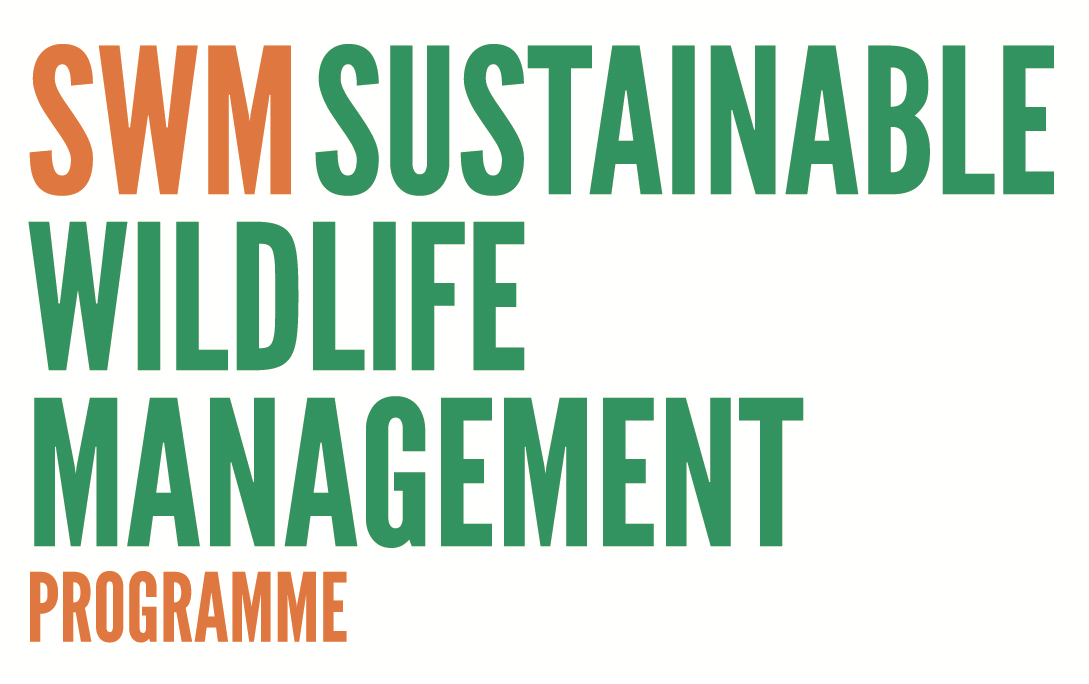Knowledge hub search
Towards a sustainable participatory and inclusive wild meat sector

Description:
In this document, we use the term ‘wild meat’ to refer to terrestrial animal wildlife used for food in all parts of the world. The meat of wild animals has historically been, and still is, an essential source of protein and income for millions of indigenous peoples and local communities in tropical and subtropical regions. Invertebrates, amphibians, reptiles, birds and mammals are eaten across the world; some of them also hold an important place in traditional cultural values and practices.
However, unsustainable harvesting rates are causing significant declines in many species, thus threatening the integrity of ecosystems, imperiling the food security of vulnerable households and impacting global biodiversity. As pressure on wild meat resources increases, the question arises of how to ensure sustainable management, in support of both people and wildlife. In response to a call from the Convention on Biological Diversity Secretariat (CBD), this report presents a comprehensive overview of what constitutes the wild meat trade and what drives overexploitation. It also provides guidelines on how to improve wild meat governance and management, to secure wildlife and food security in the long term
